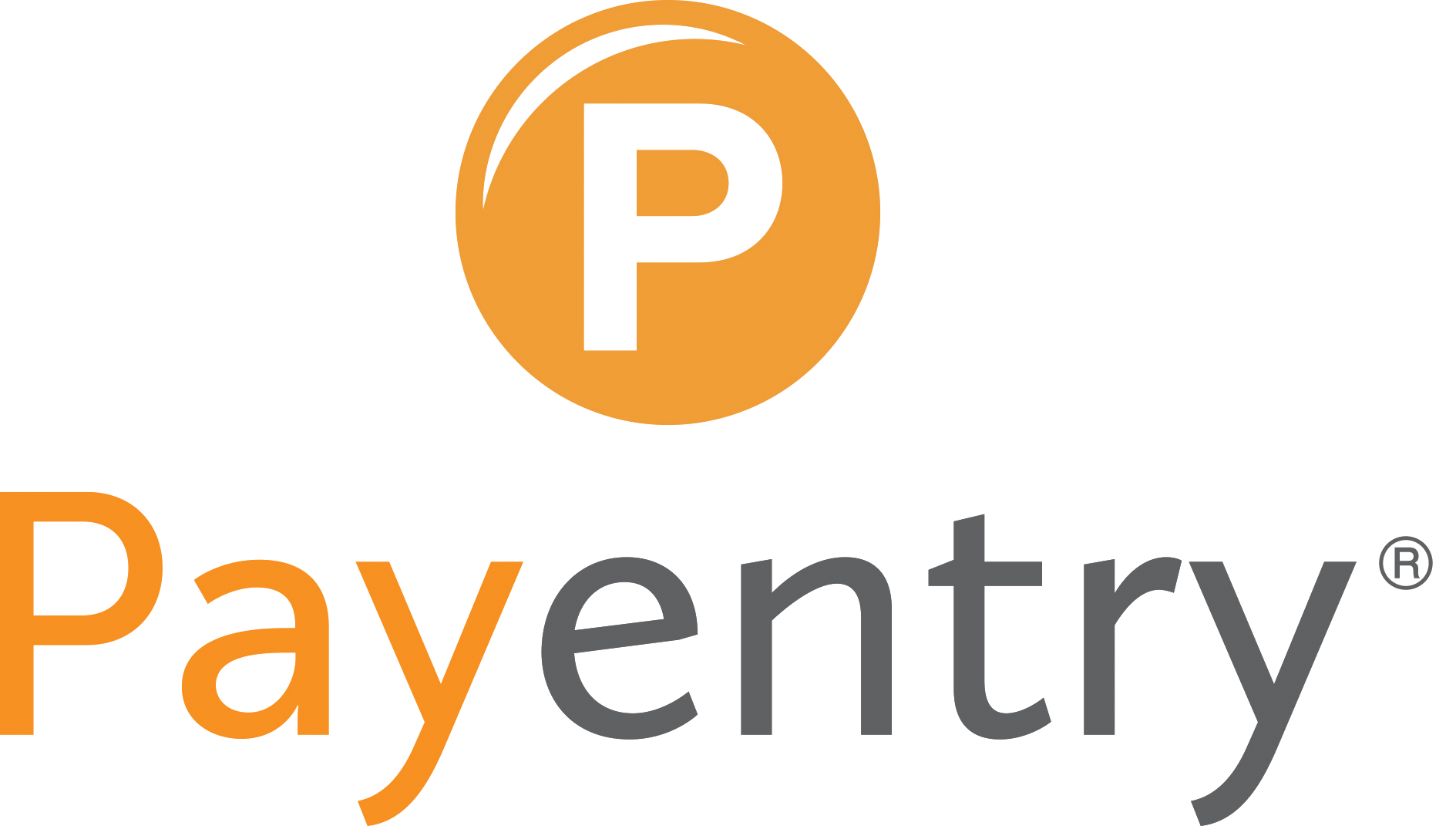
Importance of Employee Spotlights and Recognizing Outstanding Contributions
In today’s fast-paced work environment, employees can often feel like just another cog in the wheel, making it more important than ever to ensure that their efforts are acknowledged and celebrated. Employee spotlights and recognition programs are not just feel-good initiatives; they are vital components of a thriving company culture. Here’s why recognizing outstanding contributions should be a top priority for every business.
Boosting Morale and Engagement
Employee recognition directly impacts morale. When employees see their hard work acknowledged, they feel valued and appreciated. This recognition boosts their self-esteem and encourages them to stay engaged in their roles. Acknowledging an employee’s contributions shows that the company values them, which can lead to higher levels of job satisfaction and retention.
Fostering a Positive Workplace Culture
Regularly spotlighting employees for their achievements helps foster a positive workplace culture. It sends a message to the entire team that their contributions matter and that success is a collective effort. This creates a ripple effect, encouraging others to strive for excellence, knowing that their efforts will be recognized. A culture of recognition promotes teamwork, camaraderie, and mutual respect among colleagues.
Enhancing Productivity and Performance
When employees know their hard work will be recognized, they are more likely to go the extra mile. Recognition acts as a motivator, driving employees to maintain high performance levels and continuously improve. In turn, this boosts overall productivity and contributes to the company’s success. Recognition programs can also encourage healthy competition among team members, inspiring them to achieve their best.
Building Stronger Employee-Employer Relationships
Recognition programs bridge the gap between employees and management. They provide opportunities for leaders to connect with their teams on a more personal level, understanding their strengths and contributions better. This connection helps build trust and loyalty, as employees feel their leaders genuinely care about their development and success.
Attracting and Retaining Top Talent
The job market is fiercely competitive. Attracting and retaining top talent is a challenge. Companies known for their strong recognition programs have a significant advantage. Potential hires are more likely to be drawn to a workplace where they feel their efforts will be noticed and rewarded. Additionally, employees who feel appreciated are more likely to stay with the company long-term, reducing turnover and the costs and time associated with recruitment.
Practical Tips for Implementing Employee Spotlights
- Consistent Recognition: Make employee recognition a regular part of your company’s culture, not just an occasional event.
- Tailored Approaches: Customize recognition efforts to match the preferences of each employee, whether it’s public acknowledgment, private praise, or tangible rewards.
- Inclusive Programs: Ensure that recognition programs are inclusive, celebrating diverse contributions from all levels of the organization.
- Encourage Peer Recognition: Allow employees to nominate each other for spotlights, fostering a culture of mutual appreciation and support.
Recognizing outstanding contributions and shining a spotlight on employees isn’t just about making them feel good—it’s a strategic investment in your company’s success. By acknowledging the efforts and achievements of your team members, you’re building a culture of excellence that will drive your business forward. Start implementing employee spotlights today and watch your company culture and productivity soar.
For more information about our services, please contact us at 888.632.2940.
*Payentry, an MPAY Company (Company), is not a law firm. This article is intended for informational purposes only and should not be relied upon in reaching a conclusion in a particular area of law. Applicability of the legal principles discussed may differ substantially in individual situations. Receipt of this or any other Company materials does not create an attorney-client relationship. The Company is not responsible for any inadvertent errors that may occur in the publishing process.

